PRESENTATION
A giant albizia tree fell in a storm in 2018. I decided to install a camera where it had fallen and live-stream the movements around the giant fallen tree. The project, which still is ongoing, streams the events happening on the decaying tree to a website.
As an artist, I record the stories I see in nature. I have been documenting this particular forest for several years. Unlike a normal forest, this forest cropped up first as a grove of trees on an abandoned piece of land. It is located in the center of an urban area, surrounded by housing complexes and people going about their lives. A time and space exist within this forest that are completely unlike the human world around it.
A military barracks once stood on this land in the 1930s. The forest now occupies the site and many varieties of plants and animals have found a home there. A wealth of stories can be discovered in the forest too. The stories make it possible to see the history of the past: the history of both nature and humans.
I installed a camera in the forest because most stories emerge when people are not around. The installed camera records video and takes photographs when it detects motion. Besides detecting the motion of animals, it detects moths, wind, and rain as motion too. The idea of the forest taking photos and videos, as if the forest is taking its own self-portraits, intrigued me.
I have discovered many interesting stories this way. One that really hooked me was the story of this water bucket. Fifteen years earlier someone had lived here and used the container to wash themselves. Now, fifteen years later, animals use the water bucket to drink water and wash themselves. Through observation I can find stories like this.
I installed the camera with the hope of documenting how the giant albizia tree that fell in 2018 will decay and eventually disappear. The camera runs 24 hours a day, recording the scene day in and day out. The camera is set to immediately send its video feed to my mobile phone every time an animal appears in the camera's field of view. Sometimes no images are sent for days on end. Other times, when I'm lucky, a video will be sent to me right when I'm holding my mobile.
The forest is a very boring place; most days there is absolutely no movement. It's true there are many dramas and stories taking place in the forest. It's just the sensation of time is different, and they unfold on a time scale completely different from the speed of the city.
My plan is to keep on documenting the giant tree and watch it until it completely decays into the ground and disappears. Stories that occur in nature are hard to spot and are completely different from the sensation of watching television. That there is nothing to see is what makes it normal. I hope to get people to see the wonder in such “nothingness”.
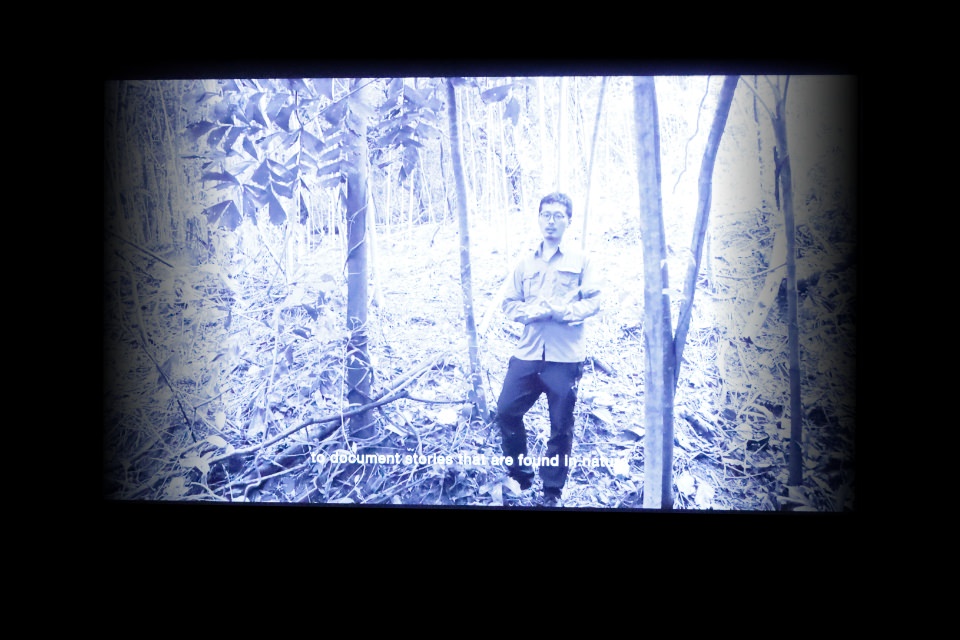
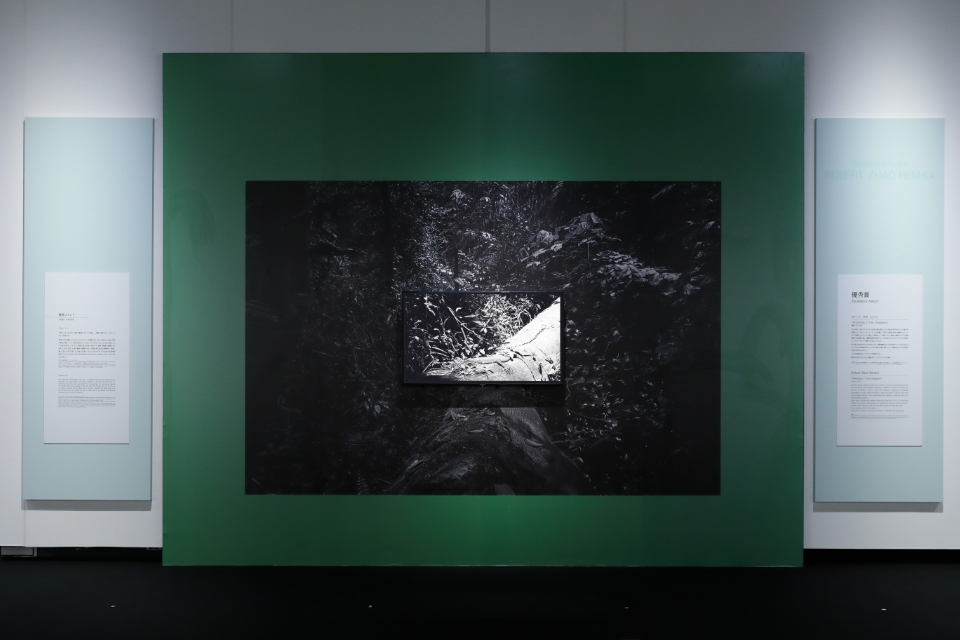
This work caught my eye during the judging. Zoologists install cameras and sensors in forests to record animals for their research. But unlike zoologists, who would install a camera in a place where they expect animals to pass by, Robert selected a motionless fallen tree as his protagonist. As I watched and wondered what the work was about, an ant walked by. I continued to watch patiently, and I was rewarded with the glimpse of a lizard's tail. His humorous and poetic sense is evident in the creation of a work in which he sets up a camera in a place where he cannot take intentional photographs.
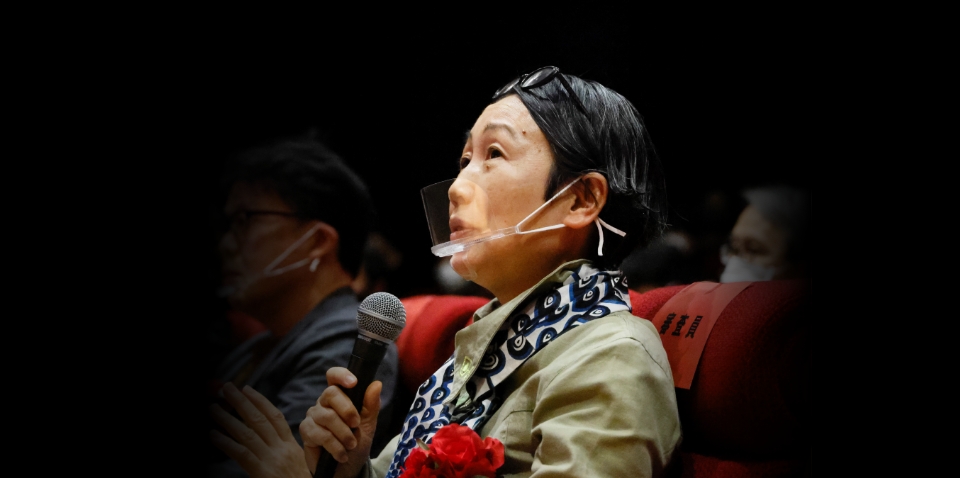
I found the work's structure to be beautiful: Streaming the slow decay of a fallen tree over tens of years at nature's pace. This arrangement forces the viewer to wait. I expect that at the exhibition venue, people who waited in front of the work for a long time were deeply impressed when they saw some movement. The work was a splendid cross-section of the natural world, and I think this discrepancy in perceived time raises questions about the relationship between nature and humans.
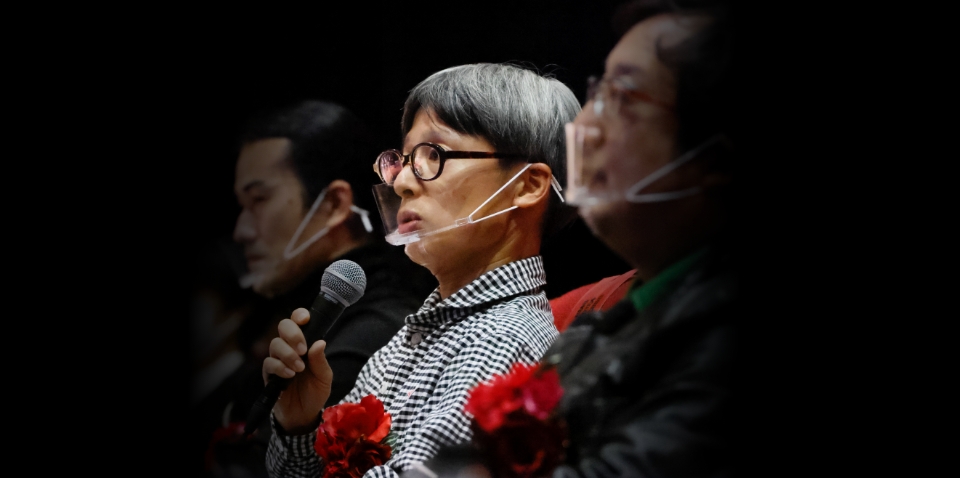
For me personally, the presentation video was much more interesting than the exhibited work. The forest is not natural at all; it's a fairly large park in the middle of a city that has gone wild because people have abandoned it. This makes it a forest that arose in the remains after people disappeared. So time in this forest is surely a bit different from time in the wilderness. This is about the relationship between humans and a forest that sprouted up amid human ruins. I'm afraid I don't think the work got a firm hold on its theme of the splendid array of stories that exist in the forest.
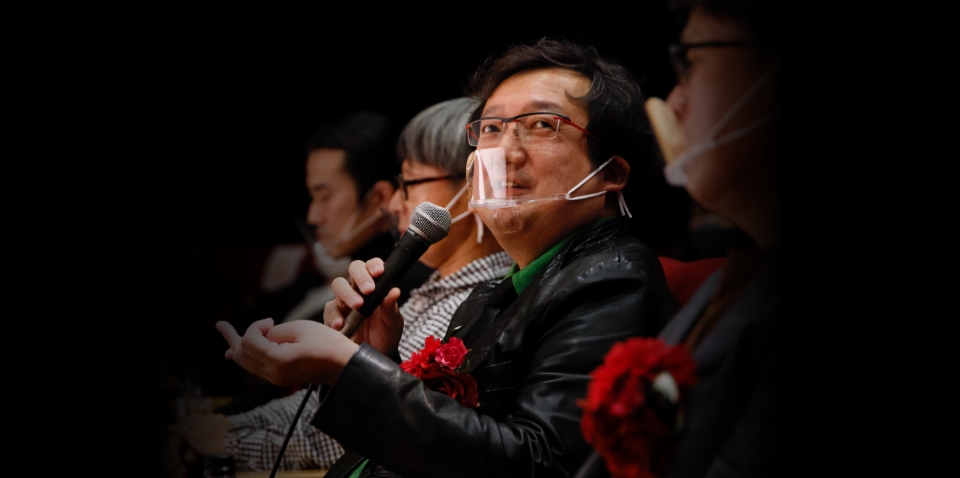
Judges' comments
Gwen Lee (selector)
(Message by video)
Jung said the following about chaos: “In all chaos there is a cosmos, in all disorder a secret order.” These words of Jung sprang to mind when I watched Robert's work. In what appears to be a completely ordinary forest, one can see the secret order of the natural world.
COVID-19 has transformed our jobs and home lives in many ways. It has unleashed the laws of nature, which are gradually restoring the rhythm of nature even in places once full of human activity. Familiar concepts of time and space have been transformed, and while everything seems to have collapsed, a new pattern of life has begun.
Watching A Tree Disappear is a work that uses the medium of video to express technology and nature. As the pandemic continues to rage around the world, there has been a hearty debate about the relationship between humans, nature, and technology. How should people and nature coexist in the same time and space? How should artists take on this critical issue? In watching the video, we can appreciate that the fallen tree has become a shared space for other forms of nature and wildlife and that the fallen tree has become a symbol of time. Not time as sensed by humans, but the time that flows within nature. Returning a piece of land to back to earth and growing a forest is cycle that takes a tremendous amount of time. This is perhaps the real message the artist wished to tell.
In this work, Robert has brought the world of science into art from the point of view of an artist. The decaying state of a fallen tree leads us to observe and understand how the world works. The presence of a single fallen tree in a large forest teaches us about endings and beginnings, about death and rebirth.